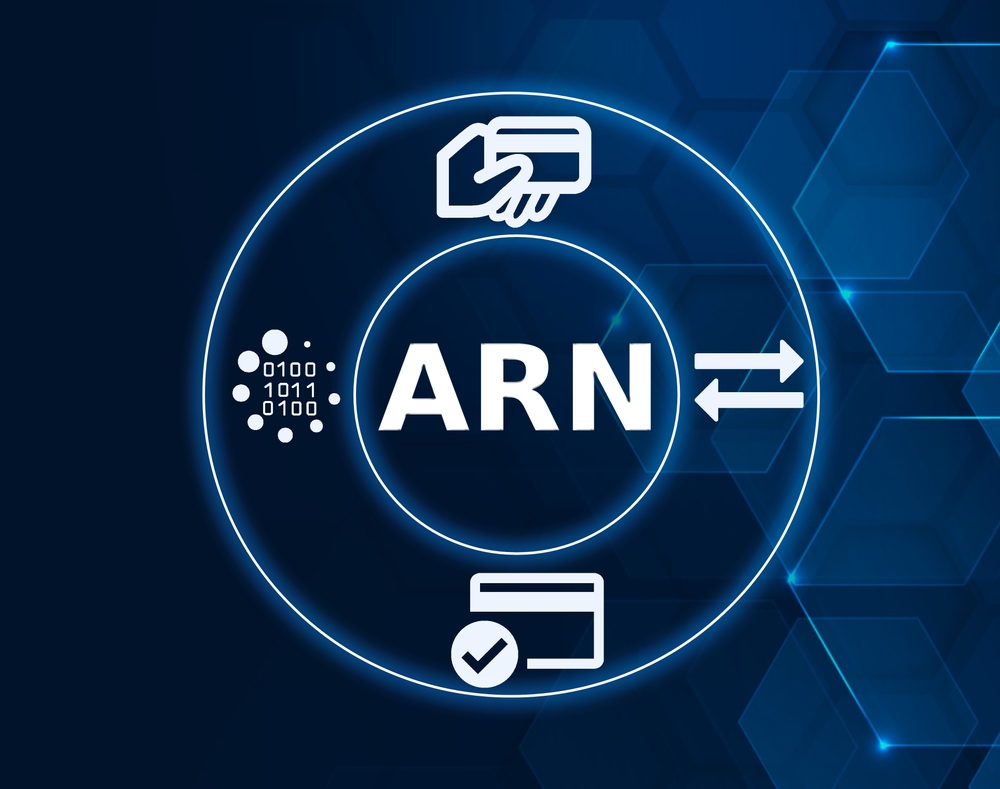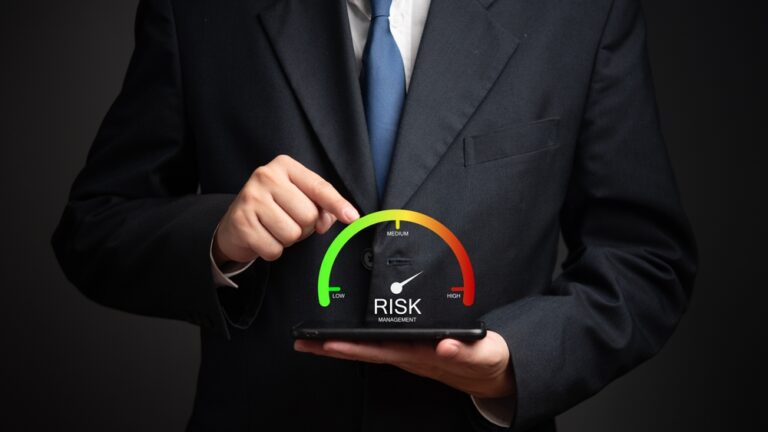What are Acquirer Reference Numbers (ARN)?

On the surface, payment card transactions seem super easy. The cardholder swipes their card or types their data into a form online. The merchant then receives payment. Easy, breezy, right? For end users, yes, payments usually are quite straightforward, but for the many organizations involved in processing payments, there are lots of individual steps that must be completed. Much of the work is automated, yet regardless, the entire process is rather complex, a process that acquirer reference numbers help to streamline.
To make transactions easier to identify and process, Acquirer Reference Numbers (ARNs) are assigned to individual payments. The numbers are 23-digit codes that contain standardized data to make the transaction easier to identify and track. The ARN also allows you to quickly check the status of a transaction, such as “refund” or “chargeback.”
(Please note: the ARN is a different number from transaction IDs. Make sure you don’t get them mixed up.)
ARN, Chargebacks, and Refunds
ARNs make it easier for banks and merchants to address issues and monitor transactions. If there are any discrepancies or errors, ARNs make them easier to resolve and manage. Tracing transactions is crucial given how many steps and parties are involved when processing payments. ARNs allow merchants to track and monitor transactions even when they’re traveling between different accounts.
These numbers also make it easier to track and trace unauthorized purchases. Keep in mind, it’s not just payments that need to be monitored. Indeed, perhaps the most common use for ARNs is to track refunds. The ARN not only identifies the transaction but can also help you track the status of the refund and when things will be settled.
A Closer Look at How ARNs Are Generated
The first number assigned in an ARN will identify the card network used. In the case of Visa, the number will be 7. With a Mastercard transaction, the number will be a 2 or an 8. The next 6 to 8 digits will identify the acquiring bank used by the merchant. The rest of the data is encrypted data that provides the details of the transaction.
Fighting Fraud With ARNs
It’s crucial for merchants to proactively mitigate fraud. Devising anti-fraud protocols and gathering data can be difficult. With ARNs, you can more easily trace and track fraudulent transactions. By studying the data, you may glean insights that can inform your fraud prevention efforts.
You can also use ARNs to combat refund fraud. Some cardholders may try to claim that you refused or failed to deliver a refund. Then, the cardholder can ask their bank to file a chargeback. With ARNs, you can track refunds even when funds are between institutions. This means you can quickly clarify the status of the refund. If a refund is delayed for whatever reason, you can pass that info on to the cardholder.
Ultimately, ARNs are useful for merchants, cardholders, and financial institutions. Tracking payments can be difficult, especially when refunds, payment delays, and other factors come into play. If you have any questions or need assistance, feel free to reach out to the Chargeback Help team.






